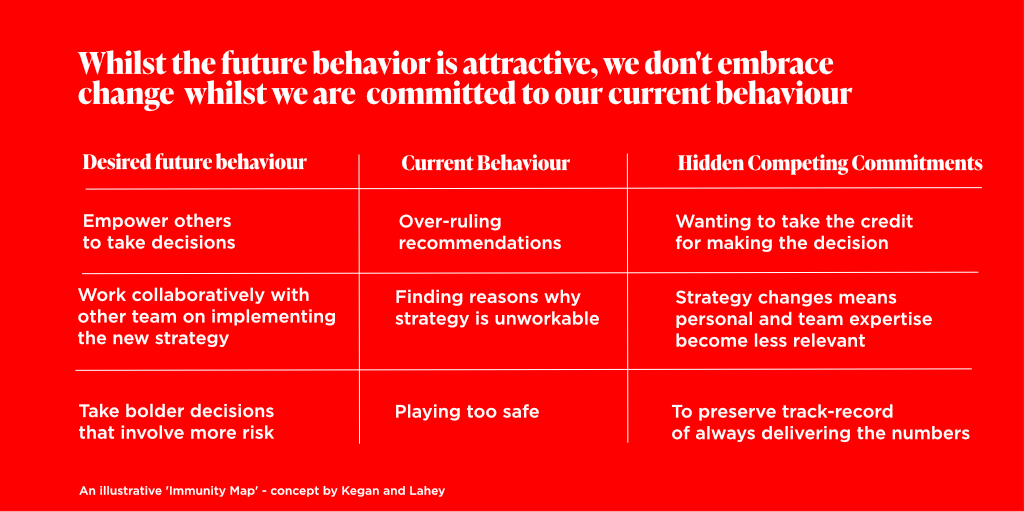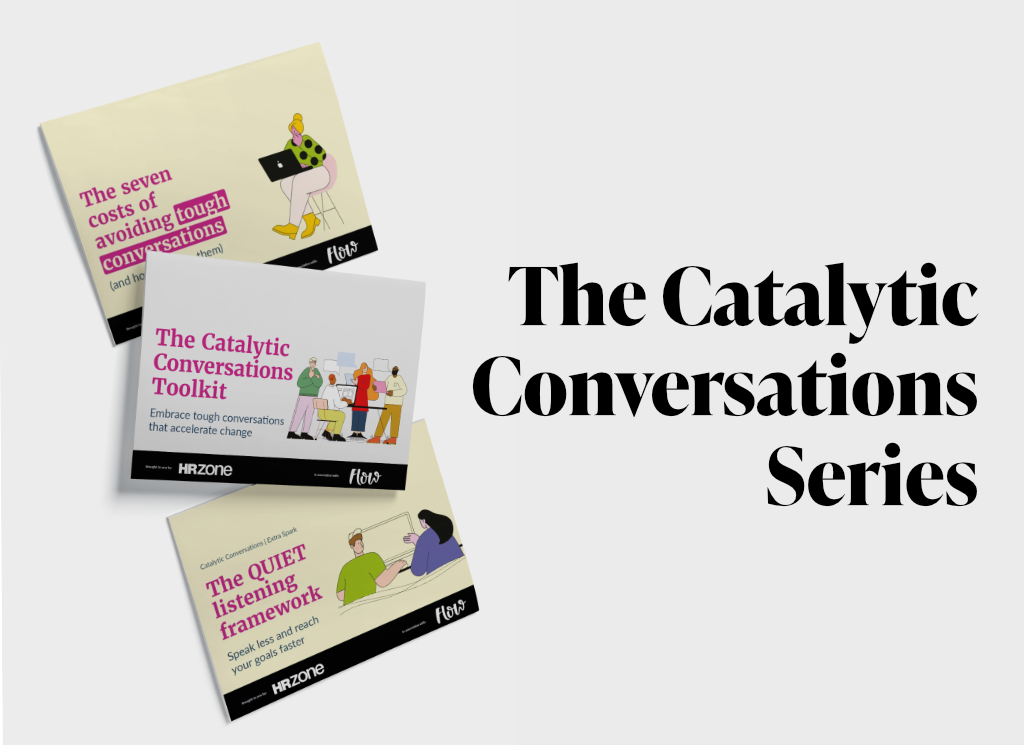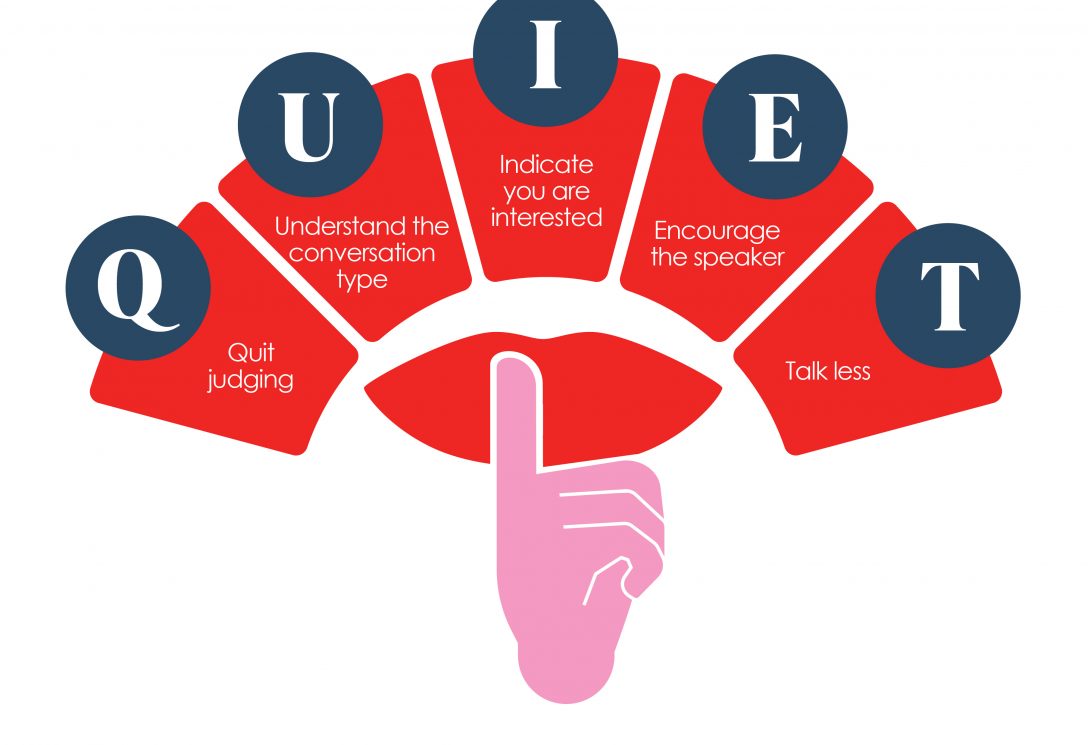Change at work is social. So how do we help groups to change?

Several clients I’m currently working with focus on promoting a Growth Mindset. It’s a compelling concept that has been attributed to improving the performance of companies, including Microsoft. Dweck’s work on growth mindset was built upon several decades of research in psychology, particularly in the areas of motivation, learning, and personality. The fixed mindset focuses on ‘being good’. The Growth Mindset focuses on ‘getting better’. The fixed mindset is avoiding things you can’t do. The Growth Mindset is thinking, ‘I can’t do it yet’.
Dweck suggests that the shift between the two mindsets is facilitated by understanding the perspective above, developing self-awareness of which mindset you are operating from, and then embracing challenges as learning opportunities. The payoff for the company with a growth mindset is the benefit of encouraging learning and development, overcoming setbacks and failure, and I suspect one of the main desired outcomes is improved innovation.
Regarding its focus on reframing failure and continuous improvement, I’m a real advocate of Growth Mindset. But whilst I’ve been working with the concept, it’s made me reflect on the constant change in companies today and how we position, manage and work through change. After all, change is a process, not an event. For all its strengths, the Growth Mindset concept provides little insight into how mindsets change. Change at work is more complicated and broader than our attitudes to overcoming setbacks and learning new skills. The more significant point is that change at work requires helping large portions of your employee base to change together. Change at work is social. So, how do we help groups to change?
Groups change how we think and what we think about
Groups will form around any interest, objective, function or mission. For most of human history, our identities have been formed through contact with the people physically nearest to us in our small group. A company creates sub-groups of activity to effectively manage its resources to deliver its products and services. Whilst considered an essential practice for larger companies, divisions create, as their name suggests, divisions. The larger the company, the larger the number of groups.
Humans are profoundly social, but we are also naturally competitive. “Evolutionary psychologists argue we have two wired-in ambitions: to get along with people, so they like us and consider us non-selfish members of the tribe, and also get ahead of them, so we’re on top. Humans are driven to connect and dominate” – Will Storr. Once a group becomes an us, we start to develop loyalties to the group and become influenced by the thinking of the group.
The combination of hierarchy and groupthink can become very problematic when collaboration across teams is needed. Because we want to feel part of the tribe and preserve harmony, we naturally fall into groupthink, which is consensus around key beliefs and the group’s identity. Behaviours are contagious so we learn to adopt each other’s behaviours. We develop our team language and sayings. As Steven Pinker says, “People are embraced or condemned according to their beliefs, so one function of the mind may be to hold beliefs that bring the belief-holder the greatest number of allies, protectors, or disciples, rather than beliefs that are most likely to be true.” Whilst we like to think of ourselves as independent-minded people, our biology means we really do care what others think of us and our beliefs and attitudes are highly influenced by the groups in our immediate environment. We go along to get along. As Jim Rohn said, “You are the average of the five people you spend the most time with.” We adopted their filters and blind spots.
If you’re part of a group, change can be threatening
The consequence is that given that we work in teams, we cooperate and think collectively. Steven Sloman, a professor of cognitive science who studies how people and communities think, said
“I see the mind as something that’s shared with other people. I think the mind is actually something that exists within a community and not within a skull. And so, when you’re changing your mind, you’re doing one of two things: you’re either dissociating yourself from your community — and that’s really hard and not necessarily good for you — or you have to change the mind of the entire community”.
Hence, we don’t reason as individuals; we reason as members of a group. The group mostly cares about surviving rather than change. If the group survives, we survive. To our subconscious, protecting the group matters more than being right.
Lisa Kwan believes that groups care about three things for their sense of security:
Group identity – who the group understands itself to be
Group legitimacy – does the group have a clearly defined, value-producing role within the company
Control – autonomy over what the group delivers
According to Kwan, this requires that groups “own territory”—such as areas of responsibility, resources, or even reputation, that helps the group to define and differentiate themselves.
Any initiative to change the group, what it owns or delivers, or any change to the power dynamic is equally a threat to the individuals in that team. A lack of control and an inability to shape one’s environment are stress triggers. Individuals in teams can naturally resist any perspectives from people outside of the team, even if they are for the company’s greater good, assuming an “us” versus “them” mindset. Think about the word territorial, and it conjures up behaviour where individuals or groups are protective or defensive about their space, possessions, or perceived rights. Groups make territorial assertions on whose opinion matters and try to protect decision-making rights and strengthen resources. Hence, even when presented with new data or ideas intended to benefit the group, we focus on information that confirms our group’s thinking and resist what makes the group uncomfortable. Examples of changes to the group identity, legitimacy or control include:
- A change in company strategy
- A proposed merger of several teams into a new function
- A colleague from outside of the group taking on team leadership
- A request from another group that the team changes its priorities, objectives, processes or deliverables
- Conflicting perspectives on what is the best strategy that several teams need to work against
In summary, any request from outside of the team that isn’t aligned to how the team currently thinks is likely to be evaluated with suspicion at first. This white blood cell reaction is automatic. How it is diffused depends upon how the team’s leader helps the team evaluate and assimilate the request
Does this change make our lives better or worse?
How the leader shapes the story affects the meaning we take from them. In contamination narratives, we depict significant events as having a detrimental impact on our lives. Regardless of whether the company change is positive or negative, the narrative has a negative tone. Conversely, in redemption narratives, we perceive significant change events as improving our lives. The merger, strategy change or reorganisation can have both and negative consequences, but the story the team ultimately adopts has a positive spin.
We motivate ourselves using two primary strategies: ‘towards’ motivation, which focuses on achieving desired outcomes, and ‘away from’ motivation, which centres on avoiding undesired outcomes. We evaluate change through emotions. A persistent problem with collaboration across teams is that individual teams argue over what they ‘don’t want.’ Due to our negativity bias and our worldviews being naturally different, we find it much easier to find things we disagree with. Return to the list of ‘perceived threats’ above and our ‘away from motivation’ means we resist the change.
Similarly, exclusively using ‘towards’ motivation can lead to statis when goals are unclear. And Goals are unclear a lot of the time in companies. So if we find it easier to acknowledge what we don’t want and are unclear what the upside is, we have little motivation to change.
The more emotionally charged the issue, the more likely our brains are to go into ‘fight or flight’ mode. On social media, we know how political wedge issues like abortion, same-sex marriage, and the death penalty generate intense reactions. At work, the threat of changing status, certainty, autonomy, relatedness, and fairness (SCARF) can create defensive emotional reactions. Even a change of strategy (and resulting change in resources) can send our brains into self-preservation mode.
Whatever you’re not changing, you’re choosing
Ultimately, we don’t change when we are attached to current outcomes, when we are in some way benefiting from the current situation, even if the situation is problematic. A team may be dysfunctional, but the ramifications of leaning into that issue may be too painful to contemplate because it would trigger a range of unpredictable consequences.
In Immunity to Change, Kegan & Lahey introduce the concept of ‘competing commitments’ and why we persist with behaviours that work against the change goal. An immunity map shows us how we are actively preventing the very change we wish to make.

The model’s authors say that any individual “must really, really want to accomplish his or her first-column goal.” That is one of the fundamental challenges of collaborative work: Our goals are often given to us rather than generated by us. We aren’t personally committed to them. There is often no IKEA effect.
The 5 Stages of Change model, developed by James Prochaska and Carlo DiClemente in the late 1970s and early 1980s, says that the five stages of change are:
- Precontemplation: Not yet recognising the need for change or considering it.
- Contemplation: Acknowledging the problem but not ready or sure of wanting to change.
- Preparation: Getting ready to change.
- Action: Actively making changes.
- Maintenance: Sustaining the change and preventing relapse (note: the model was originally developed for smoking addiction)
In any team, you have members at each of the five stages. But how do you reach members in stages 1-3? People might be changing their minds about deeply entrenched views, especially when viewed through the lens of their SCARF needs. Because it will be less about the facts and more about the emotions. And that is another component of change that is often seriously unrecognised; instigators of change can have a naive realism that simply sharing the facts that support their worldview will miraculously incite others to change.
We only prepare for change when we accept how dangerous avoidance really is
As mentioned above, there is a big difference between doing what you think you are supposed to do and doing things because of who you are and what you firmly believe. People find it hard to reinvent themselves because what they are being asked to do differently clashes with how they think about their jobs and how they think about themselves.
Any significant change, often at stage 2 of the change model above, revolves around a central dilemma: Are we prepared to change who we are? Are we prepared to move away from the group?
Moving from stage 2 to stage 3 happens when we can no longer live with our ‘old thinking’ about the situation when the old thinking is causing us emotional distress.
“To move forward, to regain a sense of control and certainty, you realise some of your knowledge, beliefs, and attitudes must change, but you aren’t sure which. What is clear, however, is there’s no option to continue as if your current models are true, so you enter a state of active learning in which you immediately and constantly consider other perspectives, honestly assess your weaknesses, and work to change your behaviours to resolve the crisis. In the end, so many of the facts, beliefs, and attitudes that populated your old models of reality are replaced that your very self changes”.
David McRaney in ‘How Minds Change’
David Redlawsk is a political psychologist who studies voter behaviour and emotion. In ‘How Minds Change,’ Redlawsk describes the “affective tipping point,” when people can no longer justify ignoring an onslaught of disconfirmatory evidence. Once a person reaches the affective tipping point, the brain switches from defending a belief to active learning. Our thinking has changed to accept how dangerous avoidance is.
What helps us to arrive at the tipping point?
The answer is less what but who? We need people who help us to see that there are better strategies than clinging to the status quo out of safety. Gene Dalton called this person a “respected other.” This person may be your boss, a trusted colleague, a coach, a spouse or a friend. The best person in the team to deliver the message may be someone other than the team leader. The common denominator is that the communicator must seem trustworthy, credible, and reliable. And their support should help you to:
- question your beliefs (ideas we agree with) and assumptions that cause them
- reflect on your positive and negative attitudes towards the change components
- bring your values (beliefs and attitudes together) to the fore
Kegan & Lahey say that “It is not change that causes anxiety; it is the feeling that we are without defenses in the presence of what we see as danger that causes anxiety”. In a sense, that we are not prepared.
Individuals and groups change when they are supported through step 3 of the change model – when they feel better prepared to change.
Psychologists use the term ‘internalisation’ as the important step that allows people to move from what they know in theory to who they are, to start taking ownership of a new belief, and to realise that our goals for ourselves are changing. This is the preparation stage.
Signs of change also matter to disrupt the statis. Beacons of progress, role models who have moved to action (stage 4) and can testify that whilst uncomfortable, the change is positive. This helps pull us into stage 4 ourselves, where ‘learning by doing’ creates further clarity and new emotions that will hopefully reinforce the commitment to change. This is not a straight line. We slip back, hence why the support of a group (which may be different to other groups you are in who are resisting the change) is important.
The challenge with groups is that we all feel more or less prepared. In a similar way to how Jeff Bezos attributed Amazon’s success to unblocking the slowest moving part of the system, changing groups involves learning which members of the team are resisting change and why, so that we can facilitate the entire group to change more quickly.
In summary
- We work and think together in teams. Therefore, any change at work requires the group to change. This isn’t easy due to the nature of group dynamics.
- Groups need to feel that they own territory, and any interventions that might change this territory are seen as threatening.
- We often find it easier to acknowledge what we don’t want, and when we’re unclear what the upside of change is, we have little motivation to change.
- Whatever you’re not changing, you’re choosing, often due to a competing commitment that isn’t always conscious.
- We only prepare for change when we accept how dangerous avoidance really is. Only when we recognise that an existing belief harms us rather than protecting us do we get ready to change.
- We often need support to feel better equipped to change. Someone who can help us to see the impact of unhelpful thoughts and feelings
- Changing groups involves learning which members of the team are resisting change and why so that we can facilitate the entire group to change more quickly.
- Change is enabled by ‘doing differently.’ We help groups to change by listening and empathising with their feelings but also by encouraging them to practice change.
Flow is a ways of working company. We help you to create the conditions where your people can flourish and feel more change-ready. If you’d like to discuss how we can help your team prepare for and live through an important change initiative, get in touch at hi@thisisflow.co






